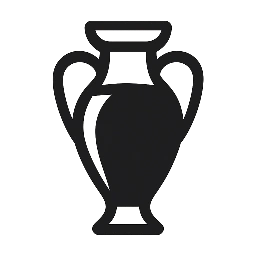Your basket is currently empty!
-

1415 – Jan Hus Executed for Heresy On July 6, 1415, Czech religious reformer Jan Hus was burned at the stake in Constance, Germany. He was convicted of heresy by the Council of Constance for challenging the authority and corruption of the Catholic Church. Hus advocated for Bible translation and criticized indulgences. His trial was…
-
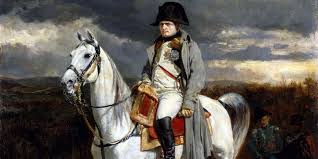
Was Napoleon Bonaparte Really Short? For over two centuries, the idea that Napoleon Bonaparte was unusually short has persisted in popular culture. Cartoons, films, and history books often depict him as a tiny man with a massive ego, leading to the creation of the term “Napoleon complex.” But how much truth is there to this…
-
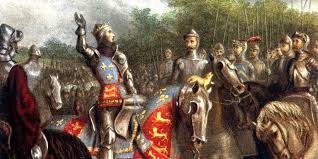
A Historic Clash in the Hundred Years’ War The Battle of Agincourt, fought on October 25, 1415, is one of the most famous battles of the Hundred Years’ War between England and France. Despite being heavily outnumbered, King Henry V led the English army to a stunning victory against French forces. This battle became legendary…
-
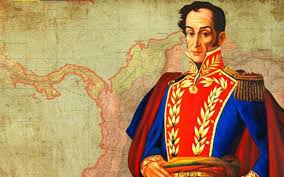
1687 – Newton’s Principia Mathematica Is Published On July 5, 1687, Isaac Newton’s groundbreaking work, Philosophiæ Naturalis Principia Mathematica, was formally published after being funded and edited by Edmond Halley .This masterpiece introduced Newton’s three laws of motion and the theory of universal gravitation, revolutionizing natural philosophy . It provided the mathematical backbone for classical…
-

Introduction Standing majestically on the banks of the River Avon, Warwick Castle is one of England’s most iconic medieval fortresses. Built shortly after the Norman Conquest in the 11th century, it has withstood rebellions, royal power struggles, and centuries of political change. Today, Warwick Castle remains a symbol of English medieval architecture and feudal power.…
-
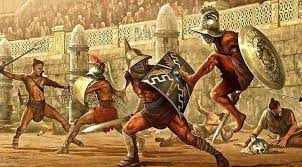
Introduction The image of two bloodthirsty gladiators locked in a life-or-death struggle is deeply rooted in modern pop culture. From movies like Gladiator to TV shows and documentaries, we’re led to believe that every Roman arena match ended in a brutal death.But is this really how it happened? Were gladiators always expected to kill or…
-

1453 – Battle for Constantinople Ends Although the city fell in May, July 4 marked Ottoman efforts to fortify and consolidate power in the newly conquered Constantinople. Sultan Mehmed II began transforming the Byzantine capital into a thriving Ottoman metropolis. Churches were repurposed, walls reinforced, and trade revived. The fall of Constantinople marked the end…
-

Introduction The mandrake root, or mandragora, has fascinated people for centuries. Shaped eerily like the human form, this strange plant was believed to hold magical powers — but it also came with a terrifying legend: anyone who pulled it from the ground would die from its scream.From ancient Greece to medieval Europe, the mandrake became…
-
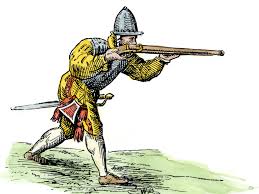
Introduction The year 1326 marks a watershed moment in military history: the construction of the first gunpowder rifle. This early firearm signaled the transition from traditional weapons like bows and crossbows to explosive firearms. In medieval Europe, warfare had relied on siege engines and hand-to-hand combat for centuries—until the arrival of gunpowder. This article explores…
-
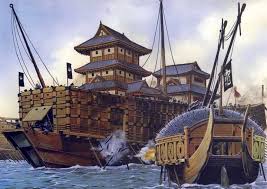
1326 – The First Gunpowder Rifle In 1326, historical records mention the first handheld gunpowder weapon. This marked a major milestone in military history, leading to the development of modern firearms. The early gun was a simple iron tube used to launch projectiles with explosive force. Though crude, it was revolutionary compared to bows and…
